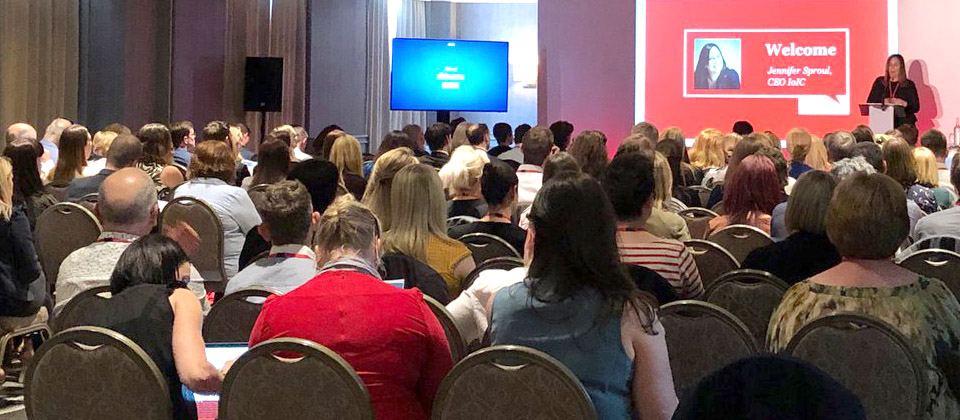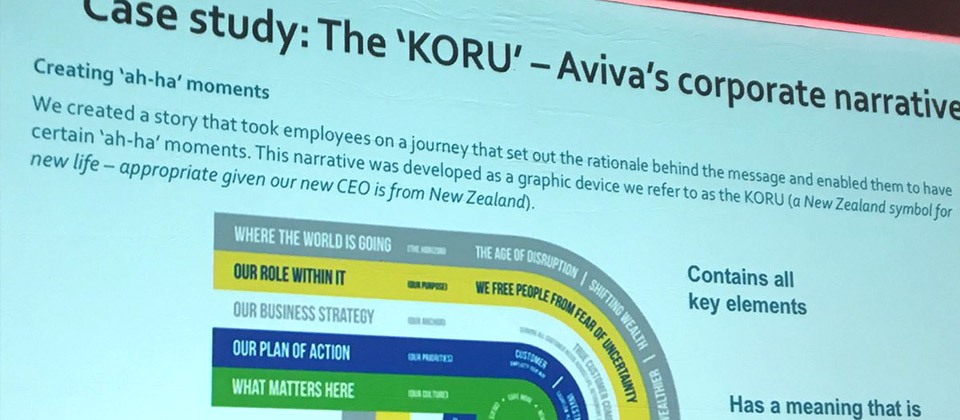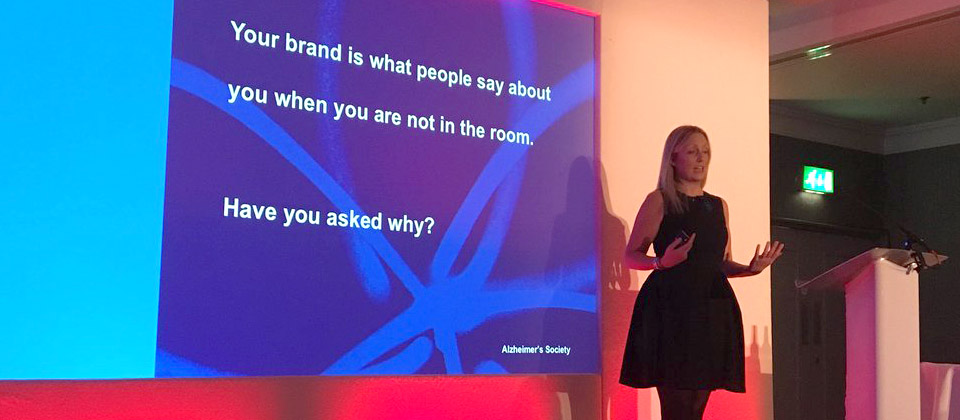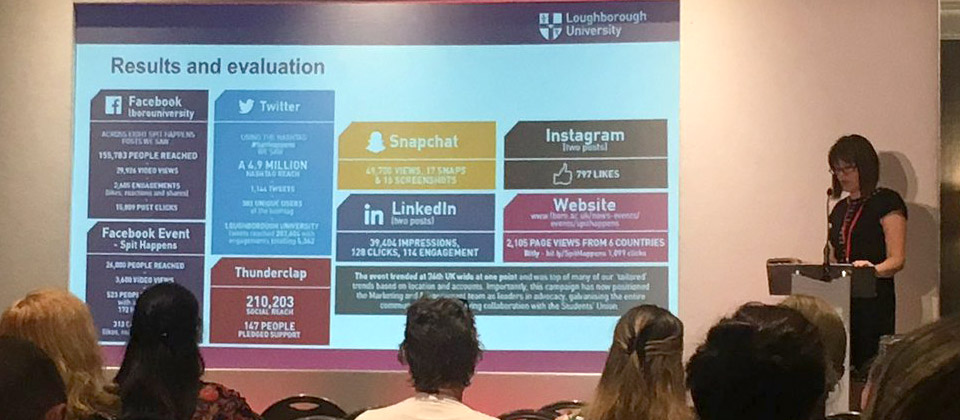Facebook is struggling with it. Taylor Swift is singing about it. And internal communicators can’t stop talking about it. Reputation, and how internal communicators can play a role in transforming it from the inside out, was the theme at the annual Institute of Internal Communication conference (IoIC Live 18).
Last Thursday and Friday, Sequel was there to listen to – and get inspired by – leading IC experts from the Alzheimer’s Society, Facebook, Greater Manchester Police, Lloyds and the National Trust, among many others.
Here are our top five takeaways:

An IoIC survey has shown that while we all think reputation is important, not many of us think we have the skills and experience to manage and support it. 41 per cent feel we’re not consulted or involved in decisions around reputation.
Ed Coke, Founder of Repute Associates, voiced what is a debate for many of us: “Who does reputation management really belong to? If everyone owns it, how does anything get done? On the other side, it’s too big a burden for one team.”
He continued to say that a company doesn’t just have one reputation, but many. “Look at the current, not the waves. The climate, not just one sunny day. You need to think strategically about reputation rather than trying to tackle day-to-day sentiment.”

Almost every speaker named leaders as one of their top assets when it came to a successful campaign or programme. Rachel Royall from NHS Digital was dead on when she described leadership as “the sister of communications”.
While leaders’ backing and input are vital to giving our messages weight throughout the organisation, most of the case studies shared over the two days showed how leaders make the most impact simply by getting out and talking to people.
Tom Abbott, Head of IC at HS2, described how communications training for leaders turned a compliance disaster into an opportunity for employees recommitting to the company’s purpose and vision.
And when a townhall-style event failed to boost morale for London 2012, TfL raised engagement by asking their leaders to go out and talk to employees about what they needed to get ready for the mammoth event ahead.

As well as reputation, the word ‘purpose’ was popping up left, right and centre. Indeed, Christine Crofts, Global Engagement Director at Diageo, said that conversations around purpose have increased five-fold in the last 20 years.
But the idea of ‘purpose’ is shifting. In a day and age where material ‘wants’ tend to be gratified quickly, we’re starting to look for the meaning over the material. So what does that mean for internal communicators?
We need to help our organisations express not only how they serve financial, customer and employee needs – we need to show how they’re making the world a better place, said Christine.
“40 per cent of Fortune 500 won’t exist in 10 years,” added Cyrus Akrami from Workplace by Facebook. “Would your kids want to work for your company? If not, why not? It’s not likely to be to do with pay, but a bigger purpose at – or meaning from – work.”

It’s a particularly tough time for the charity sector, with industry issues leading to a more hostile media and trust in charities dropping 33 per cent since 2014.
For Helen Schick, Head of Internal Communication and Engagement at the Alzheimer’s Society, and Sue Palfrey, Head of Internal Communication at the National Trust, this gave them the opportunity to bolster IC’s position in their organisation.
Both Helen and Sue talked about the importance of getting their organisations to think ‘internal first’ when it came to company information and updates. Sue gave the example of the gender pay gap report, which was published internally two months before going public to allow for conversations within teams.
But that doesn’t mean the outside world should be an afterthought for internal communicators. Sue reckons you need to be an external expert too: “If it’s already happening externally and you’re not aware, it’ll be too late for you to deal with it internally.”

We talked about communication theory, narrative plans and even our own personal brands, but everything came back to one thing: people.
The most powerful case studies had a strong human, emotional element, showing that finding a connection with our audience remains our greatest asset.
Particular highlights came from an internal film from Aviva, which used real phone calls from customers to show the important role their employees play in those stressful and sometimes traumatic moments, and ‘Spit Happens’ from Loughborough University, which told the story of a senior leader’s experience with leukaemia to raise support the Antony Nolan register.
It was clear that internal communication touches every element of our organisations – from inside out. As Rachel Miller from All Things IC said, internal communications doesn’t belong to just one team, “it’s everyone’s responsibility.”